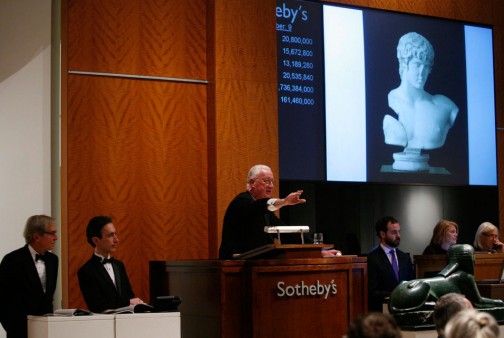Souren Melikian, in an article entitled “How UNESCO’s 1970 Convention Is Weeding Looted Artifacts Out of the Antiquities Market” (September 2012 issue of Art+Auction), describes some of the factors that are making UNESCO’s Convention for the protection of cultural property increasingly effective across most Western countries.
“With the slow but unstoppable force of a juggernaut, the UNESCO Convention for the protection of cultural property, approved on November 14, 1970 — after which year the acquisition of antiquities ceases to be legitimate unless accompanied by an official export license — is reconfiguring the market. Not all nations subscribe to the Convention, and those that do, like the United States, may not enforce all of its provisions. Yet several factors are combining to make the Convention increasingly effective across most Western countries (with some notable exceptions, such as Switzerland). One is the weight of public opinion, led by scholars who deplore the massive loss of historical documentation that the unrecorded looting of archaeological sites entails and the destruction of a huge proportion of buried art treasures resulting from the crude methods to which commercial diggers resort.
A second factor, more powerful than concerns for mankind’s buried historical and artistic heritage, contributes to the adoption of the 1970 UNESCO Convention as a de facto rule of thumb. Growing numbers of buyers feel that at some point in the not-too-distant future, the Convention will be widely adhered to. Then, costly antiquities first bought after 1970 will become hard if not impossible to sell, and their commercial value will nosedive”.
